In my latest video, mesemb expert Steven Hammer delves into the psychology of succulents. "The entire succulent preoccupation is a transposition of another form of desire," he says. "This insight is not unique to me, and is certainly not original. I just say it more often than some people do."
I love the way his mind works. Wait 'til you hear him compare Japanese haworthia collectors' preferences to the perception of beauty in Jane Austen's England.

Would a brown-leaved, veined haworthia appeal to Japanese collectors?
Steven is an erudite delight. His clever metaphors and tongue-in-cheek comments make listeners and readers do a double-take. In the video he says, poker-faced, that prominent leaf veins might be perceived by some collectors as "too intimate."
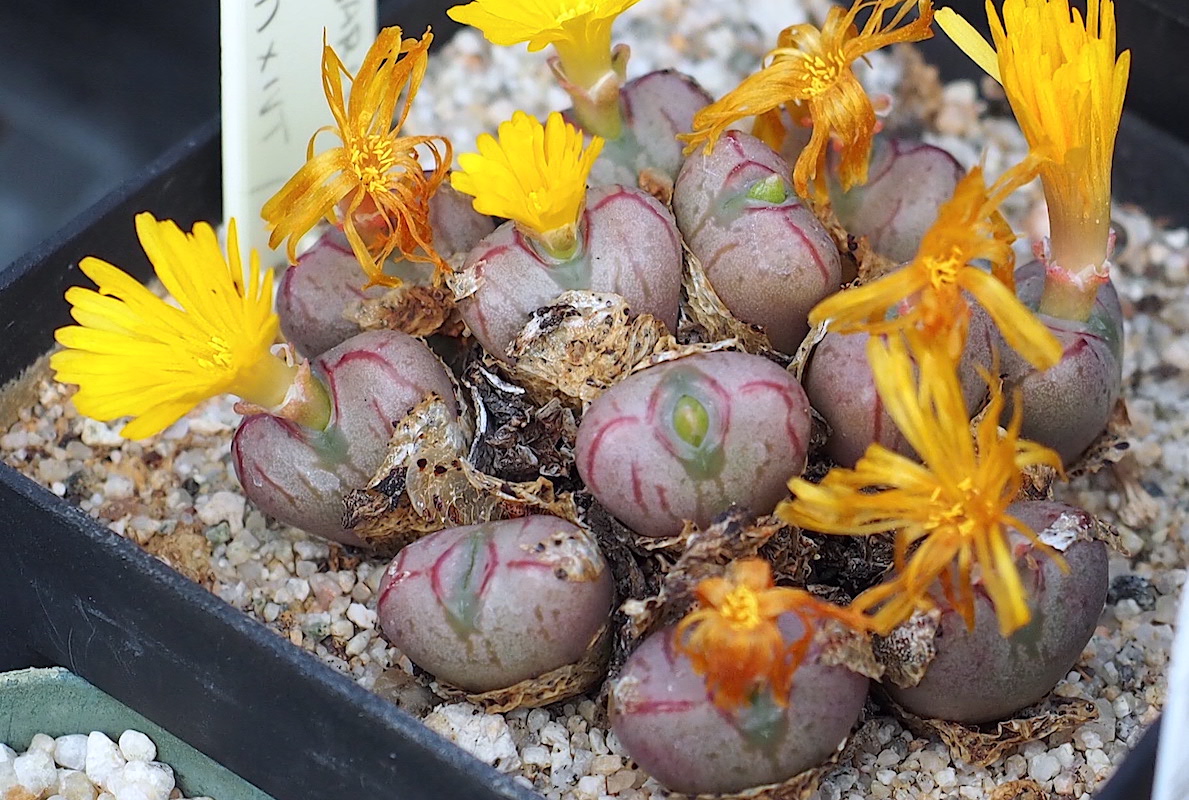
I don't know about you, but this red-veined mesemb makes me blush.
In Part One of this series featuring the San Diego Cactus & Succulent Society, Oakes Austin, also of the Sphaeroid Institute, says that what he likes most about conophytums and lithops are "their bodies." Now in Part Four, Steven clarifies his associate's intriguing observation.
What Does it for You?
The categories of succulent appeal that Steven mentions---color, shape and pattern---may be oversimplified, but so are the plants he specializes in.
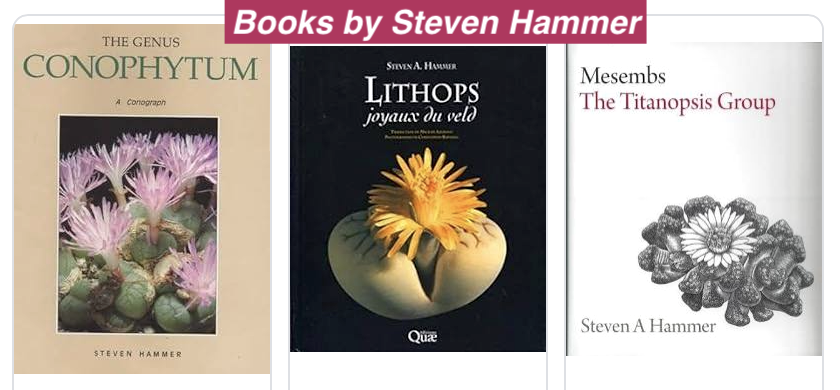
Consider: Lithops, conophytums and other mesembs are succulents reduced to their simplest forms.
At first you might assume that you like color, shapes and patterns equally. Well, that’s what I thought, until I realized I like nothing so much as symmetry, both in form and pattern. I love color in leaves but am fairly indifferent to flowers.

Agave victoriae-reginae 'Compacta'
Now it's your turn. Do share your own preferences and other factors worth considering in the Comments below.
Steven Hammer: quips and quotes
A few of my favorites:
- "I contemplated the crossing of Conophytum ratum S.A.Hammer and C. burgeri L. Bolus because the omnibus name, Ratburger, amused me---but I would only use it if it actually worked. Moreover, an easy success might suggest, if not confirm, a genetic kinship between these hyper-obese dumplings." -- Cactus and Succulent Journal, Winter 2022
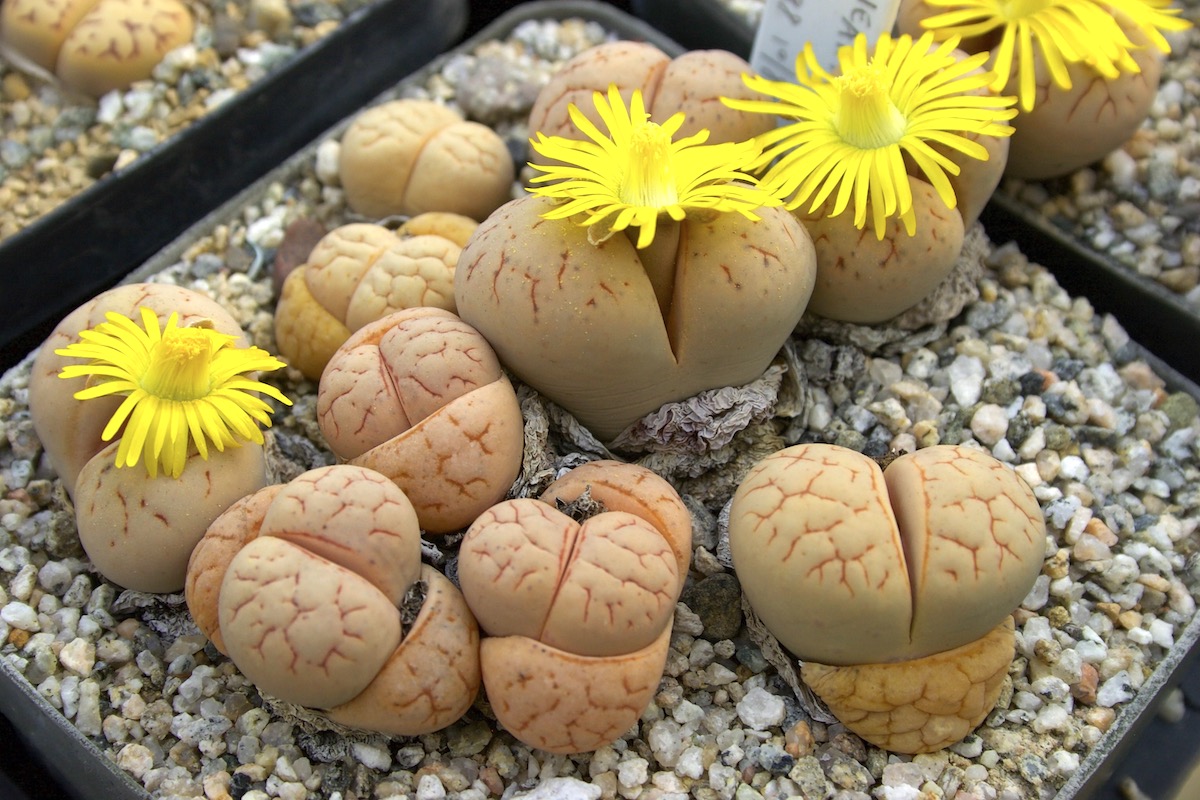
Lithops
- "honeycombed buns speckled with chestnut tattoos" -- Book review Lithops: Inside the Plant, CS Journal, Summer 2023
- "obligate selfing can be recognized when all fruits on an inflorescence swell in quick succession, as if galvanized into action. One might note a similar flush when the town beauty walks into a sleepy bar and sets ten hearts or heads simultaneously aswivel." -- CS Journal, Jan-Feb, 2008
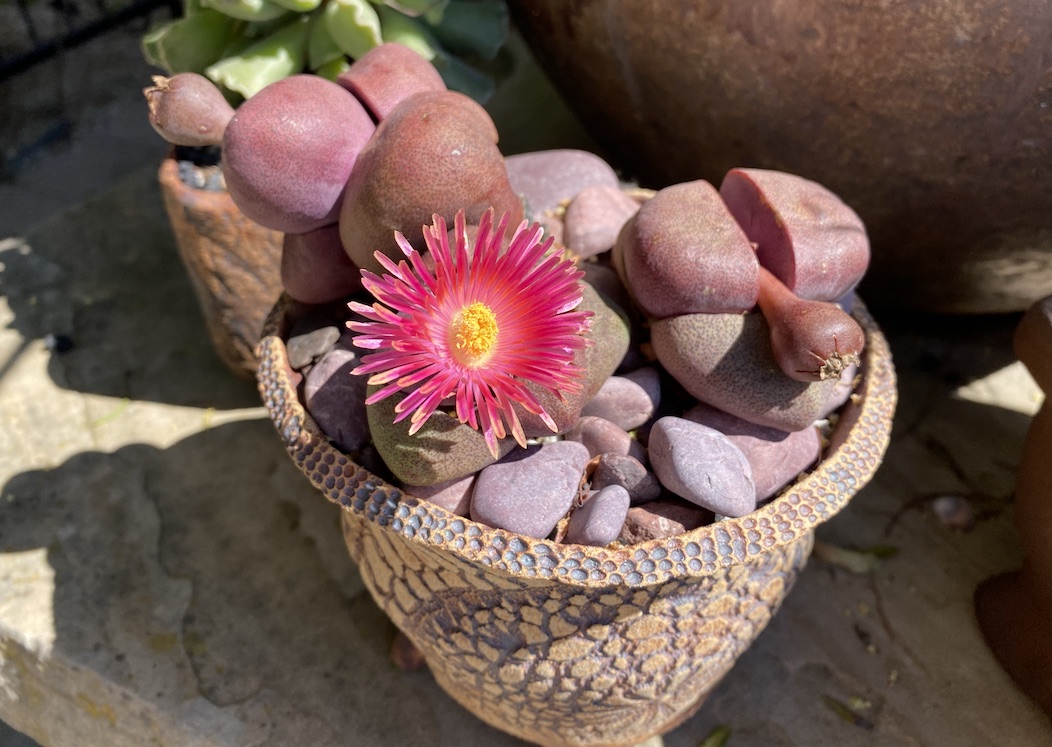
Pleiospilos
- "I would attempt implausible unions: marrying a Great Dane, Astrid velutina, to that daschund of the Pleiospilos, P. nelii. The stilt-like Dane was willing to give, the humble split-rock unable to receive; but I kept trying anyway...This exactly paralleled and finally supplanted my romantic life..." CS Journal, Sept.-Oct. 2014
- "The unidentified plants had already finished their annual bacchanal; mass satisfaction had surely been achieved several weeks earlier. We noted only one freshly withered flower, dangling like a cigarillo from a tiny mouth."CS Journal, July-Aug 2009
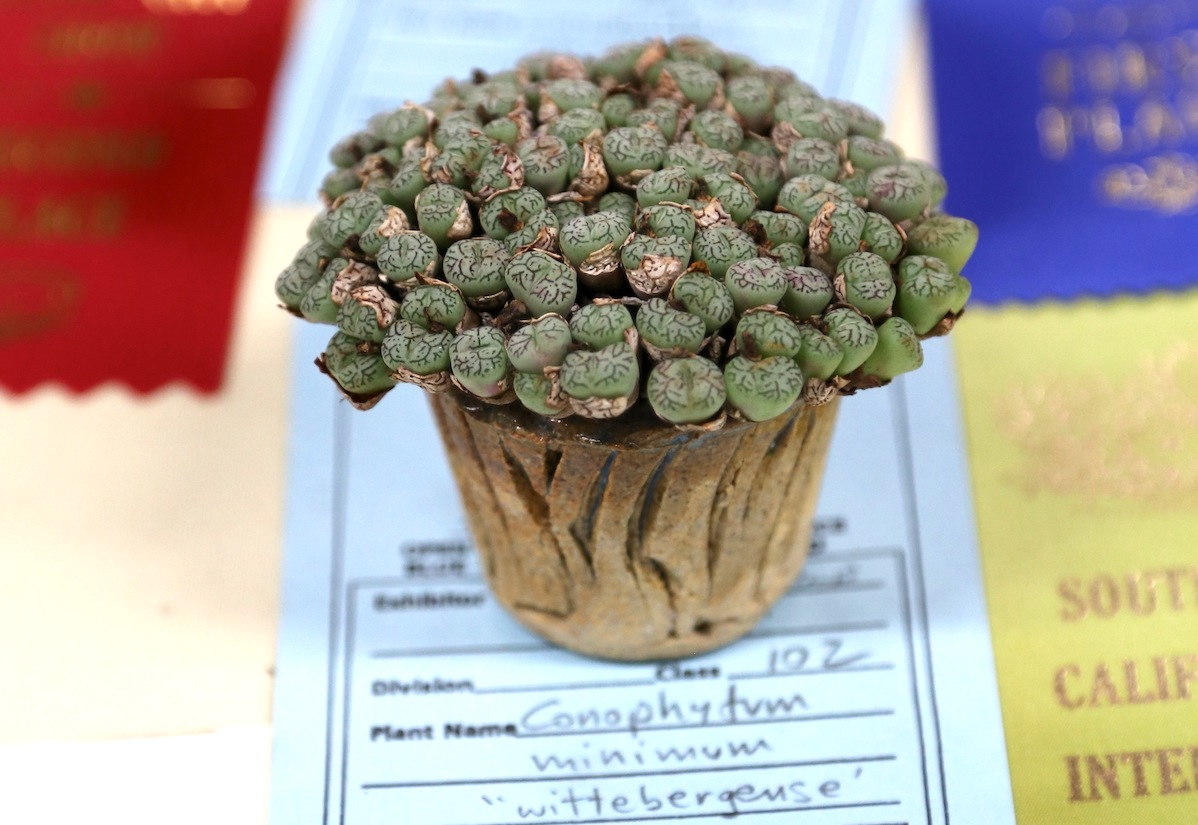
Conophytum minimum Wittbergense
- "Though the greenhouse was not as bright as Myron would have liked, this had actually favored the conophytums, which are niche plants that roast terminally in exposed quarters. The giraffeiform mitrophyllums didn't seem to enjoy the bosky ambience quite as much..." CS Journal, Sept-Oct 2007
- "I missed the ideal epithet, cannibisidora. That name hadn't occurred to me because I hadn't sniffed the plant on a hot day, when its smoky redolence is obvious. No other mesemb known to me has such a perfume, so suggestive of unsupervised dormitoria." CS Journal, March-April 2006
- "Some growers will reject hybrids as a matter of principle. I trust that they enjoy only pre-Columbian tomatoes and the tiny, weedlike lettuces available to our Norman forebears." -- Mesembs, The Titanopsis Group
- "Aloinopsis schooneesii readily hybridizes with A. rosulata, to no particular advantage. The resultant trianguliferous plants...have slightly enlarged flowers, and are alarmingly fertile."-- Mesembs, The Titanopsis Group
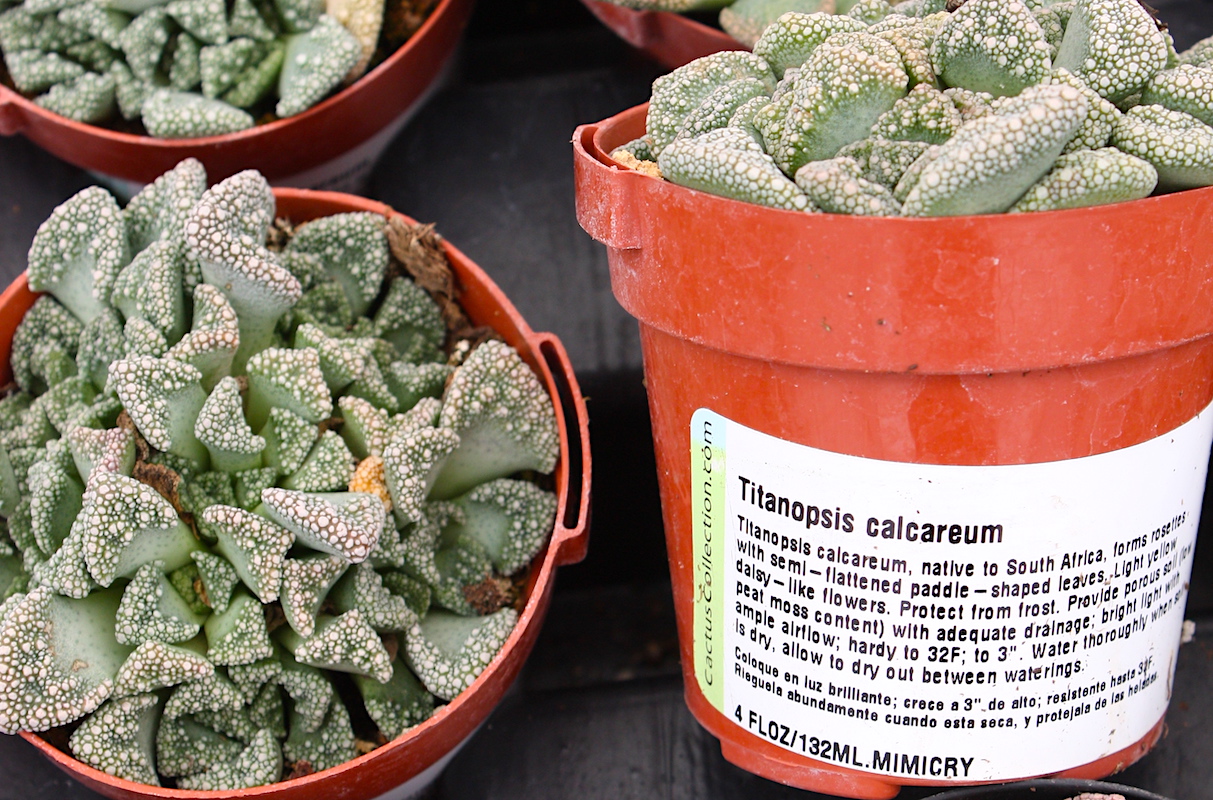
Titanopsis calcarea
- "My own encounters with Titanopsis calcarea have been diverse. It is one thing to be passively introduced to a known population, quite another to stumble unexpectedly upon a plant or two. Rocks come to life! An enhanced perceptual template hovers around one's eyes, and soon a whole population reveals itself... In habitat, Titanopsis calcarea eats, sleeps and dreams hyper-alkaline chalk. Nonetheless, in the confines of a pot it can digest acidified fir bark, peat moss, coconut hulls, and probably crunchy granola." -- Mesembs, The Titanopsis Group
Seed pod opening, time lapse
The seed pod of a "living stones" succulent, the mesemb Argyroderma framesii, opens when soaked by water (or in nature, rain). What starts out as a dried gray button becomes a golden, multipointed star. At Steven Hammer's "Spheroid Institute" specialty nursery near San Diego. Shown at 9x speed.
Related Info on This Site
Enjoy My Succulent Show-and-Sale Videos
The idea of making behind-the-scenes videos about the San Diego Cactus & Succulent Society shows-and-sales came from friend/collector Rick Bjorklund. Such events are a huge undertaking, and organizers and volunteers deserve accolades. Plus they have great tips to share. I met up with Rick the day before the show during set-up and took photos and…
The post Psychology of Succulents with Grower-Hybridizer Steven Hammer appeared first on Debra Lee Baldwin. Copyright © Debra Lee Baldwin.
from Debra Lee Baldwin https://ift.tt/gGvBqVy
via IFTTT

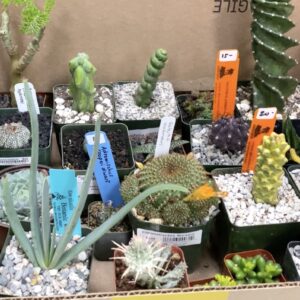
No hay comentarios:
Publicar un comentario